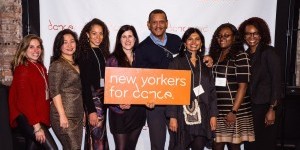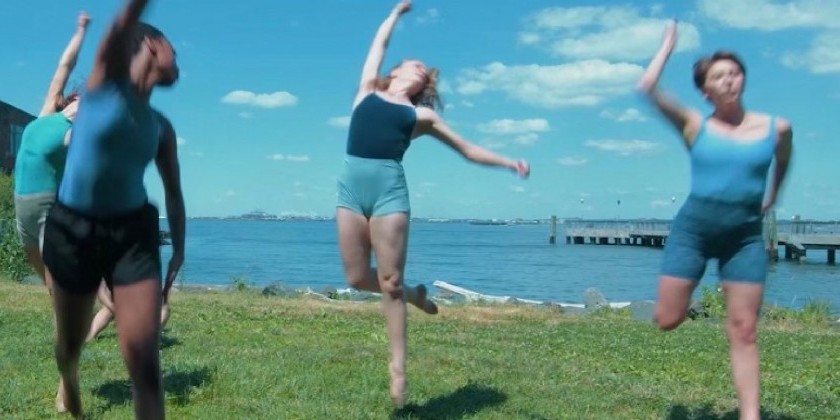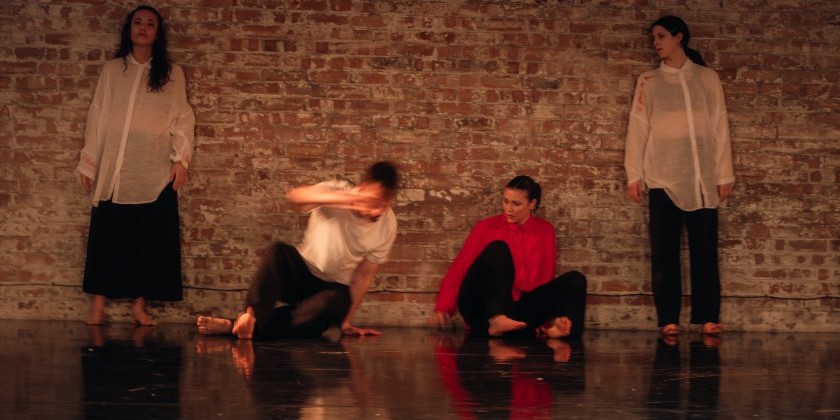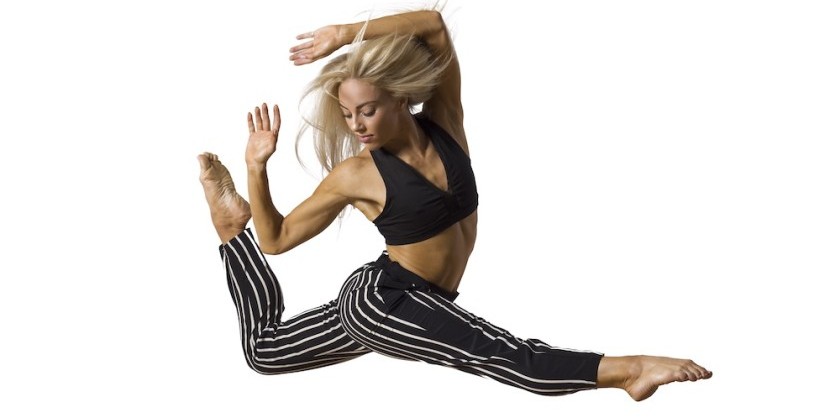THE DANCE ENTHUSIAST ASKS: Candace Thompson-Zachery on the Vital Role of Dance/NYC in the Future of the Dance Industry
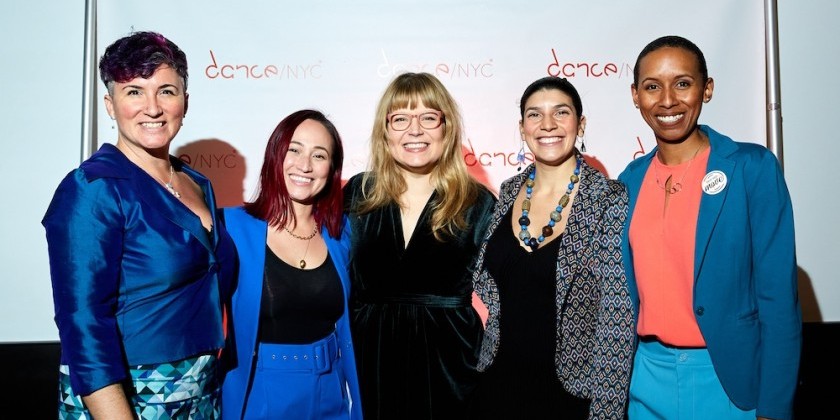
Since 2005, Dance/NYC has been dedicated to advancing the dance industry in the metropolitan New York City area, serving as an invaluable support system for dance organizations and dance workers alike. Emphasizing values of justice, equity, and inclusion, the organization serves as an advocate, resource hub, and convener for a diverse community of NYC dance workers. Dance/NYC recently launched the “Our New York City Dance” campaign, a series of solutions that respond to challenges laid out in the latest “State of New York City Dance” report.
The Dance Enthusiast’s Theo Boguszewski speaks with Dance/NYC co-executive director Candace Thompson-Zachery about the future of the dance industry, the importance of adaptability in navigating evolving landscapes, and the vital role of Dance/NYC in championing the vibrant and dynamic world of dance in New York City and beyond.
*Cover photo credits: Dance/NYC’s Director Operations and Finance Sara Roer, Alejandra Duque Cifuentes of ADC Consulting, Carrie Blake of Webb Mgmt, Dance/NYC’s Director of Development Vicki Capote and Dance/NYC’s Director of Programming and Justice Initiatives Candace Thompson-Zachary pose in front of step-and-repeat during State of NYC Dance event. Photographer: Jeffrey Lee/On The Spot Image
Theo Boguszewski for The Dance Enthusiast: Can you share a little bit about your background with Dance/NYC? How did you first get involved, and how long have you been Co-Executive director?
Candace Thompson- Zachary: I started working at Dance/NYC in 2019. I got hired as the manager of justice equity and inclusion initiatives, which largely dealt with our public programs, but then had tentacles in our research and advocacy. But I first got involved with Dance/NYC in 2017 when I joined the Immigrants.Dance.Arts Task Force.,because they had just started an initiative focused on immigrant artists. I eventually got promoted to senior manager, and I became a director in 2023, with the departure of our former executive director, Alejandra Duque Cifuentes. The interim leadership model in 2023 included Interim Executive Director Milena Luna. And then, we piloted a shared leadership model with me and two other directors, Sara Roer and Vicki Capote.
Let's talk about the State of New York City Dance 2023, Findings from the Dance Industry Census Report. This recent report is the fifth iteration of the “State of New York City Dance” report, and previous reports were focused on nonprofit dance institutions. What prompted the shift to also center on individual workers?
I think that came gradually. One, because of the work that we did for Defining ‘Small Budget’ Dance Makers in a Changing Dance Ecology.. And a lot of the issues that they highlighted really pointed to individual sustainability issues. And so our hypothesis was that if individuals have what they need and can thrive, then the organizations and entities and discipline can thrive.

We also wanted to include for-profit entities because those had not been included in the previous research. And especially with this focus on economic justice, we knew that we had to include the individual worker — they're a key part of the way that the ecology works.
We wanted to collect our own primary data to be able to speak directly to the dance workers that we serve, both the individuals and the entities, including those that aren't non-profits because we have a large swath of entities that are fiscally sponsored or that operate as collectives or groups. We wanted to be able to understand that broad spectrum of people.
So, Our New York City Dance is a campaign aimed at tackling the challenges highlighted in the report. I know that it's all online, but could you provide a quick summary, in your own words, of how the solutions outlined in the campaign are categorized?
The report is very long. In order to get the information into the hands of the people that we want to use it, we wanted to further refine what's in there and give people actions to take. What we collected and understood from all our conversations was that people wanted things to be different. They had a vision for how New York City dance could be more equitable, more sustainable.
We wanted an easy way for people to talk about the issues and take tangible actions to build that vision, and so we bucketed the issues into three areas. One speaks to the fact that dance workers are not valued or protected in society. The second issue is around the financial sustainability of dance workers. And then the third issue is that justice, equity and inclusion is lagging in the dance industry.
So, how can we understand what people are facing in the industry on both sides — organizations and individuals — and make moves that get us closer to the vision while taking into account the world we live in now?
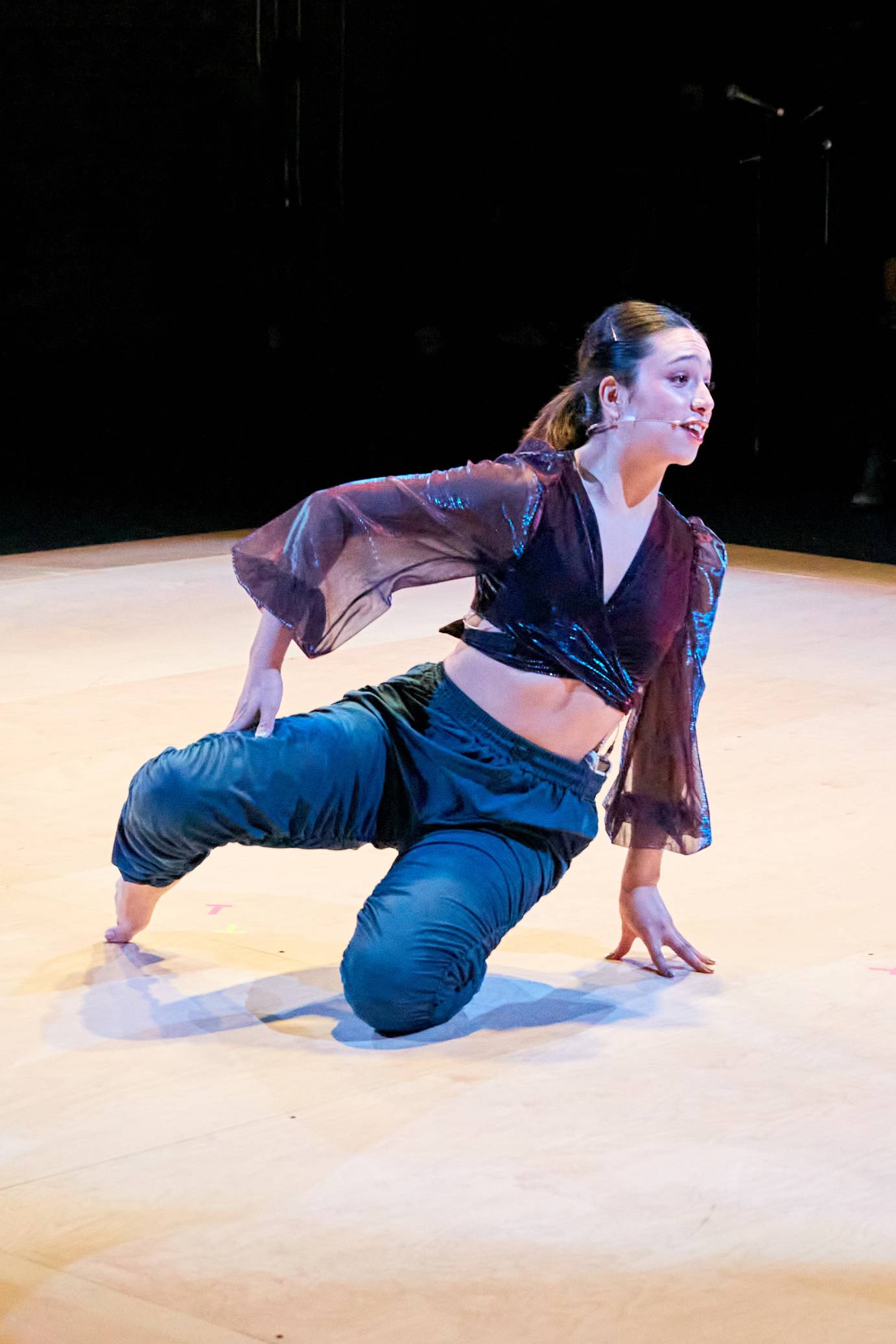
Dancer Lorena Jaramillo from SLMDance performs during State of NYC Dance event. Photo: Jeffrey Lee/On The Spot Image
I should also mention that fixing some of the issues facing gig + low-wage workers will fix a lot of issues in dance. Some high level solutions we are invested in include portable benefits for gig workers, guaranteed income for everyone (a version of this was piloted by Creatives Rebuild New York), and Universal Healthcare.
Can you share a little bit about Dance/NYC’s advocacy work? What are the platforms that you use to advocate for the dance community?
We advocate for the dance community at City and State hearings on issues affecting the industry, including zoning laws and budget allocations for arts and culture and justice, equity, and inclusion issues. Right now is a critical time because the NYC budget is being finalized. We are in coalition with other people in arts and culture to advocate for the most funding that we can get for the Department of Cultural affairs. At the City level, I represent Dance/NYC at the Live Performance Industry Council, convened by the Mayor’s Office of Media and Entertainment.
The same thing happens at the state level, and then federally, Dance/USA does a lot of that advocacy. Our advocacy work also happens through thought leadership, attending conferences, and presenting. I am speaking at the annual meeting for Nonprofit New York, which is a membership organization for nonprofits. We are a part of these larger coalitions, organizations, or groups where we get to talk about the value of dance and how critical our industry is. We work behind the scenes with philanthropic, industry partners, and coalitions including the Cultural Equity Coalition , New Yorkers for Culture and Arts, and Dance/USA.
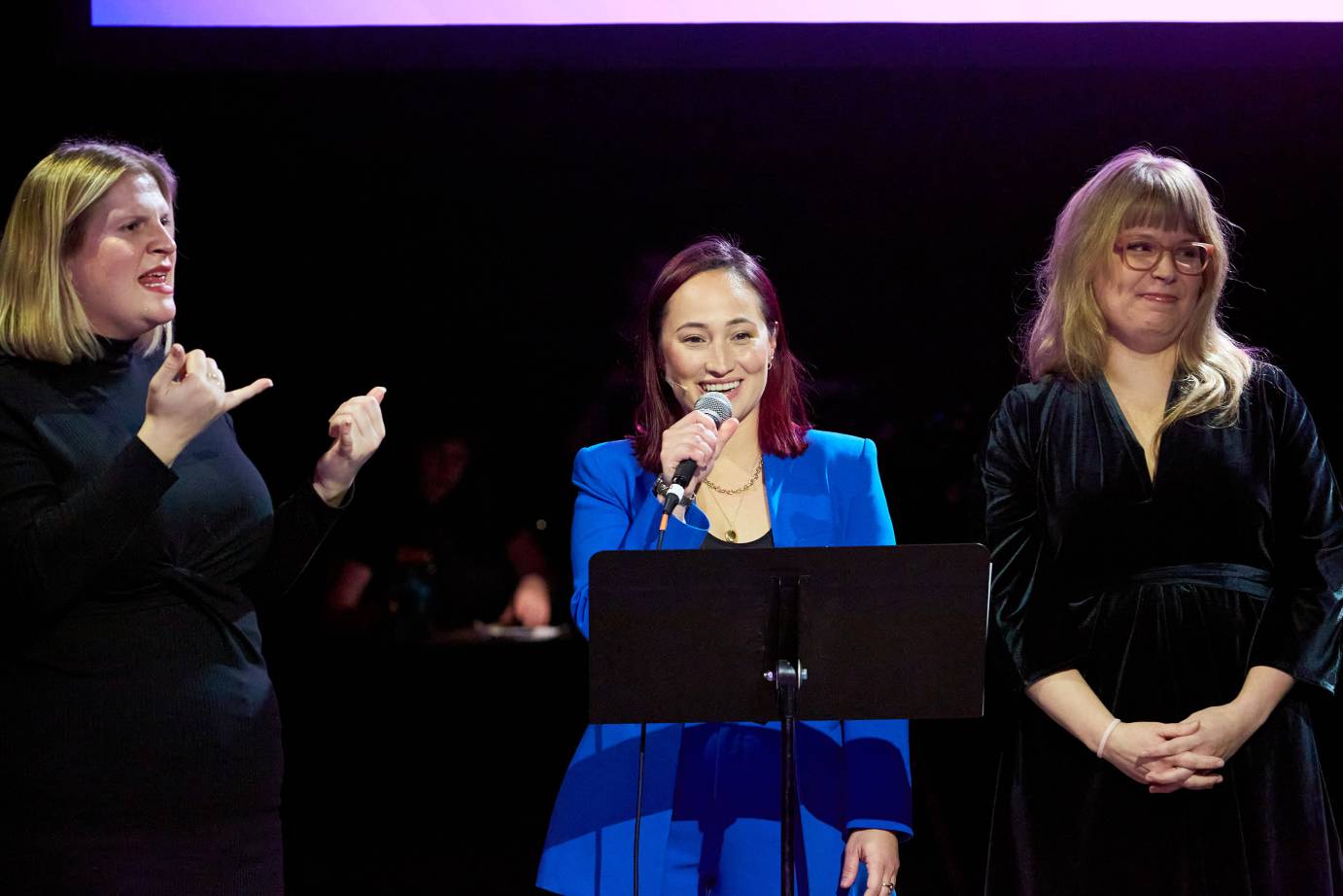
Alejandra Duque Cifuentes of ADC Consulting and Carrie Blake of Webb Mgmt present during the State of NYC Dance event. ASL Interpreter Erin Murray stands to their left.; Photo: Jeffrey Lee/On The Spot Image
Are there any specific metrics and indicators that Dance/NYC might use to measure progress towards solving for some of the challenges that were identified in the report?
That's a great question. It is something we are thinking more about. We can measure things like engagement, like how many people are looking at the tools. We sometimes track the way that language gets picked up. For instance, in the pandemic, we had a campaign called “artists are necessary workers.” And a lot of the City Council people started using the word “arts worker.”
These will be part of the conversations when we start planning for our next research report; we'll try to put in questions that help us estimate how we are doing now as opposed to when we last collected data. Like for the State of NYC report we compared the demographics of the community from our report in 2016 to the report in 2023.
I was struck by this line in the report describing dance as “ephemeral, dependent on the gathering of people in time and space, with limited legal rights to catalog and resell it. There's no album, no script, and there are a few royalties to follow.”That really outlines the challenge, but at the same time highlights what’s beautiful about dance, it's ephemerality. I hate to put it this way, but it almost makes me wonder if dance needs a new business model. Are there examples you've seen of ways that dance can market and sell itself as a product that lasts beyond that fleeting performance?
We talked so much about that in the development of the report. We can point to specific things. For instance, Jaquel Knight, who choreographed the Single Ladies video for Beyonce, is doing a lot of work around copyright for dance, especially for TikTok creators. A lot of the original creators of some of the TikTok challenges don't end up getting compensation when the things go viral, so he's trying to build better copyright law protections for that type of dance creation.

Dancers Joan Bradford, Rebecca Gual, Lorena Jaramillo, and Jessica Lee from SLMDances perform during the State of NYC Dance event. J. Bouey stands at the back speaking into a microphone. ASL Interpreter Lisa Lockley stands to the side. Photo: Jeffrey Lee/On The Spot Image
There are no easy answers. The nonprofit model is tough and it presupposes that you have access to either wealth or strong funding support. And we know that both government and private philanthropy are variable and also affected by our current economic and political instability. And even in nonprofits, the board runs a nonprofit, not the founder. So even if it's the Candace Thompson Dance Company, I as the creator lose some control over the creative material and direction of the Company. We found quite a number of people had formed LLCs, but they still run into the same issue about the actual business model; the LLC as a form, as a structure, presupposes that you can make a profit. There's more work being done to educate people about the worker co-op model as an option. People are getting creative about how they do it.
I want to talk about unions. I feel like this report is really relevant because right now across the US there's this grassroots labor movement of workers getting organized. Have you seen any of this in the dance world?
Yea, it’s happening every other day. We see a new company trying to get unionized. Collective bargaining is useful, especially in those very large companies. And from what I understand, a lot of them are going through AGMA, and those are based on what the dancers are asking for; it is bespoke to what the dancers are requesting, and what they think is possible based on the means or resources of the companies.
Are there other cities in the US that you feel are more accommodating towards dancers or have more resources than New York City?
I honestly can’t answer that definitively. There are some notable programs happening in other cities, for instance, there is a program in Chicago where artists are being trained to work in community health care. Another program in Chicago offers faith spaces funding to upgrade their spaces to be able to offer their buildings to work with artists and a rental subsidy to artists to help support the rental fee they pay to the faith spaces. In Houston, Dance Source Houston provides direct support to freelance dance artists who have received payment from choreographers and/or organizations for their project-based, performance-related work.
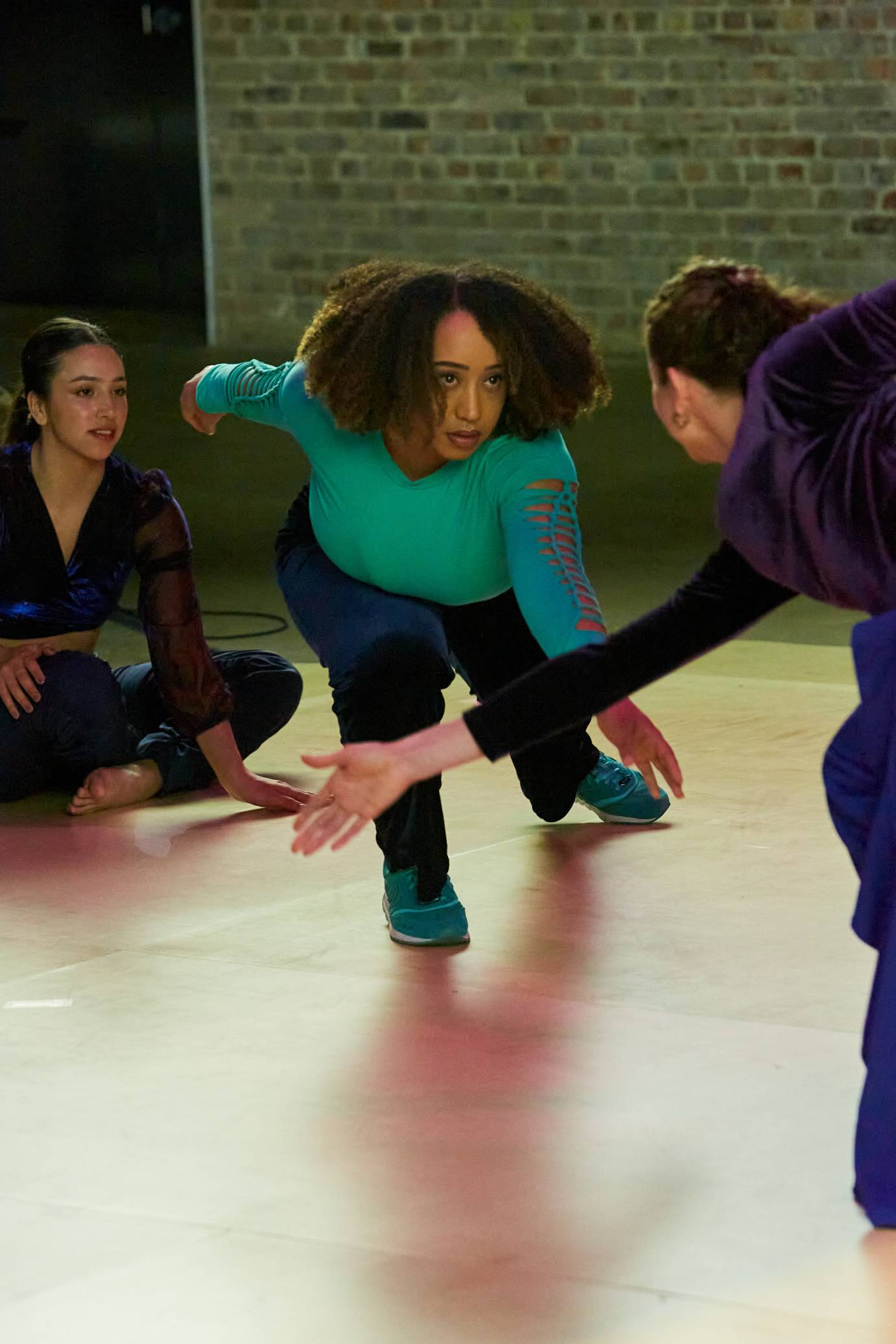
Dancer Alora Martinez from Ladies of Hip Hop performs across from Jessica Lee from SLMDances at the State of NYC Dance event. Dancer Lorena Jaramillo sits in the background. Photo: Jeffrey Lee/On The Spot Image
Are there practices in other countries that we could realistically replicate in the United States?
So, in France, they have a program that's basically unemployment coverage for when dance workers are in between work. Where I'm from in Trinidad, they just started doing an artist registry, where artists are registered with the government to be able to facilitate easier interventions that go directly to artists. In Toronto, arts organizations get General Operating Support from the city government.
In the last year or two, there's been this proliferation of the use of artificial intelligence. To some extent, dance feels less vulnerable because it's so centered on performance in the human body. But I'm interested to hear if you feel like this is going to impact the dance world?
I think inevitably it will. I think that there will be benefits to it in terms of being able to support a lot of our administrative workers to do the kind of rote tasks that we can’t outsource as leaders of small organizations. Like writing grants, and doing the newsletter. On the other hand, one concern is that Ai will only reproduce our own biases, so the onus still is on us to direct these technological tools in ethical and value-based ways. The other concern is what was raised in the Writers + SAG-AFTRA strike about AI being used to replicate our images and in our case our moving likeness. So that is something that we will have to continue to contend with and monitor. I think we will have to figure out how to negotiate both its good effects and its potentially negative effects.





